Old Crafts in Serbia
Balkanska Street in Belgrade has always was somewhat unique. At least that's how I looked at her. I guess I gained such an impression countless times by walking and looking at the shops where old crafts have been preserved, as they defy time and the changed habits of the present in which we live. Different from the rest if nothing else.
If you've ever walked through Balkan street, you probably remember the hatters and tailors at the bottom of the street. Mountaineering, cowboy, hunting, gauchos, bowlers, half-cylinders, top hats, you can find literally every hat that comes to your mind, handmade, in one of the mentioned craft shops. I don't wear hats, but I often stop in front of the shop window with them. Craft shops at the foot of the Balkans have been here for decades. Despite everything, these mostly family businesses somehow survive. It was they who inspired me to explore the topic a little more and dedicate this blog to glassblowers, potters, knitters, watchmakers, and similar somewhat forgotten crafts.
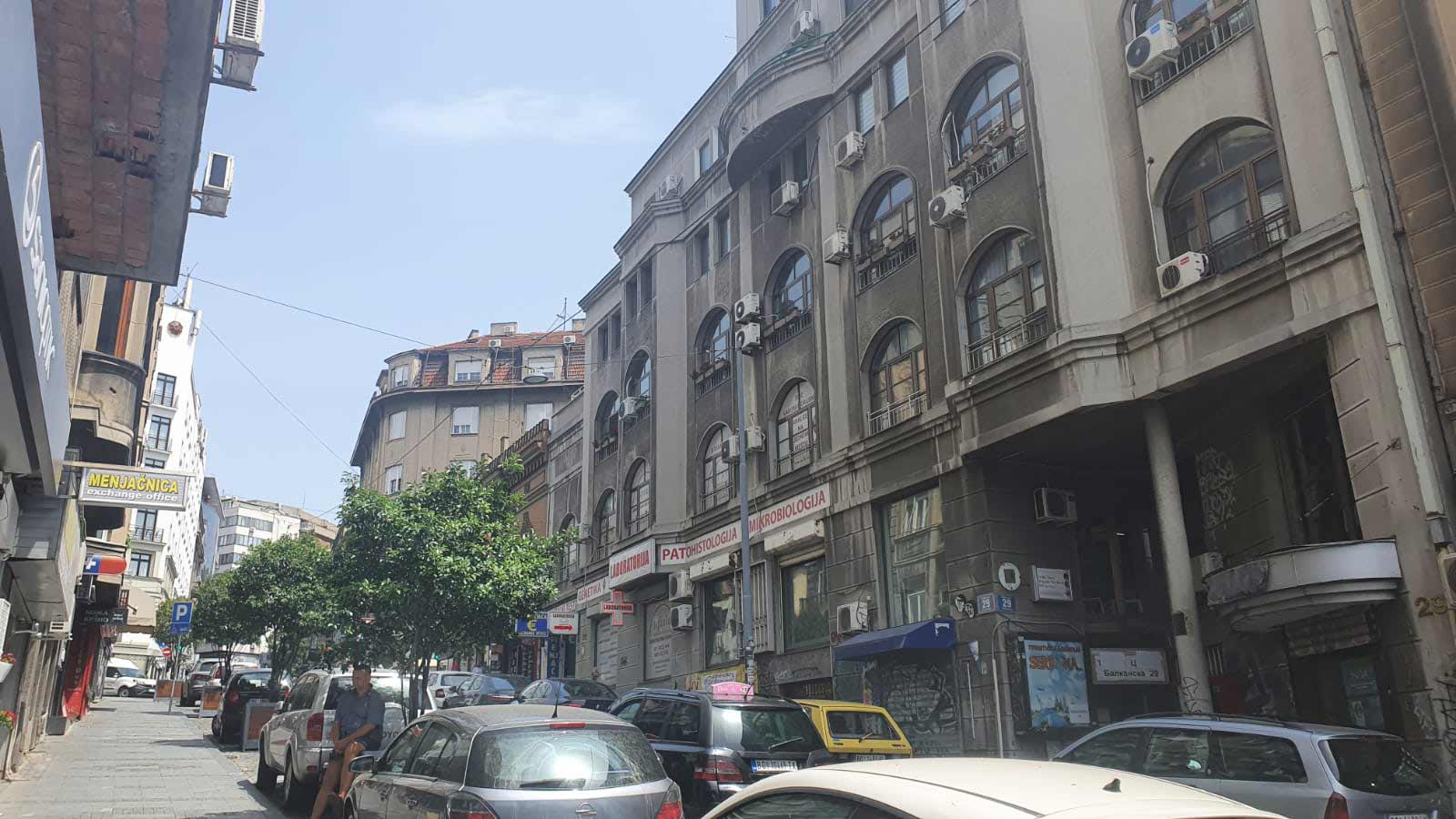
Old Crafts - Hatters
I want to start this story about the old crafts in Serbia with, personally the most intriguing craftsmen – hatters. There are many old crafts that are dying out. Successful examples of passing the knowledge of crafting from generation to generation are rare, but they do exist. Such is the case with hatters.
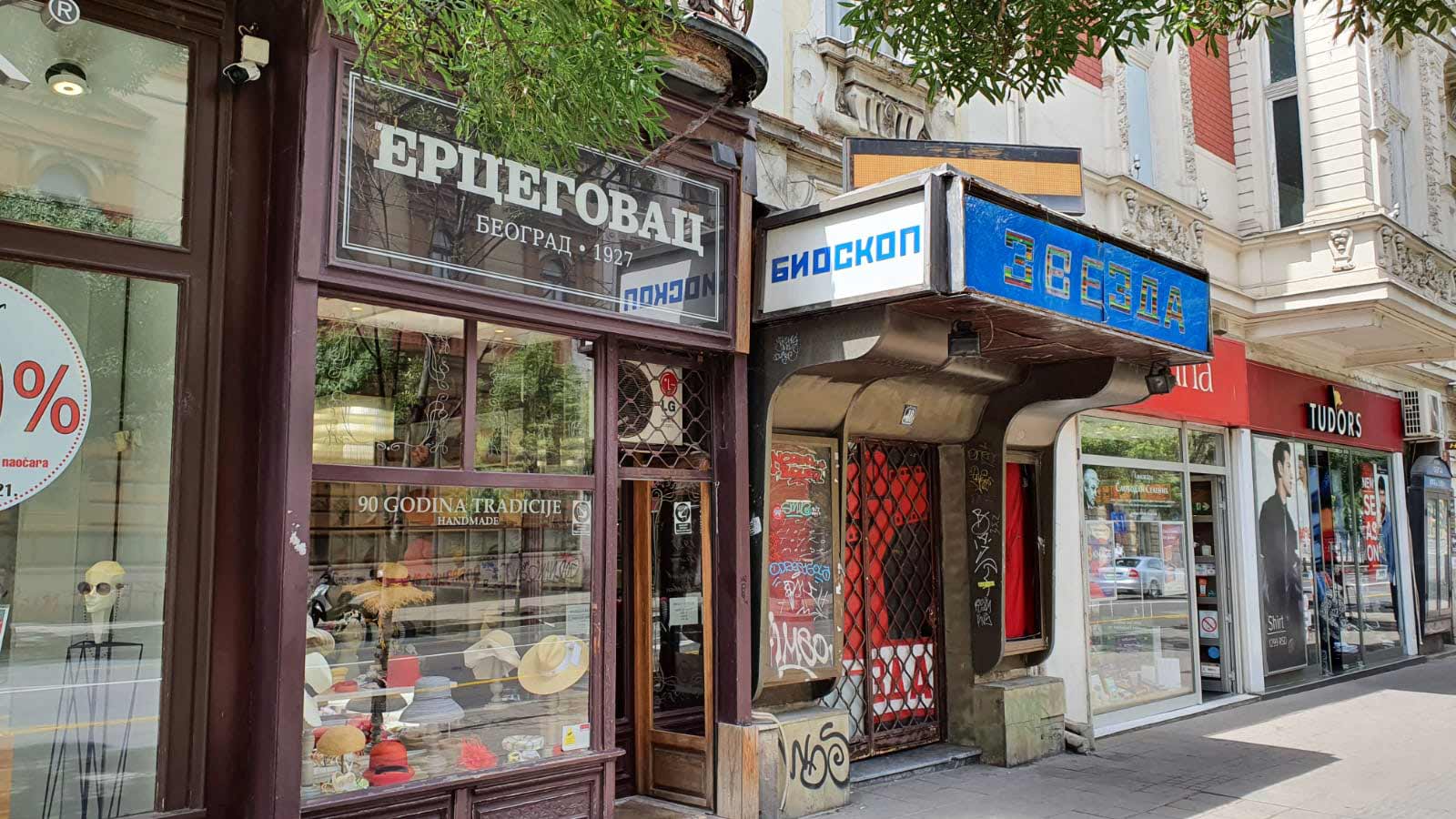
The hat used to be an indispensable fashion detail, today not to such an extent, but it certainly kept its place in clothing. In the mentioned Balkanska Street, you can find a couple of droppers who have been there for 50, 60, 70, and even more years. The unique look of these works, somehow elegant, exudes the spirit of another time when he would greet a passer-by by gently pulling the frame of his hat.
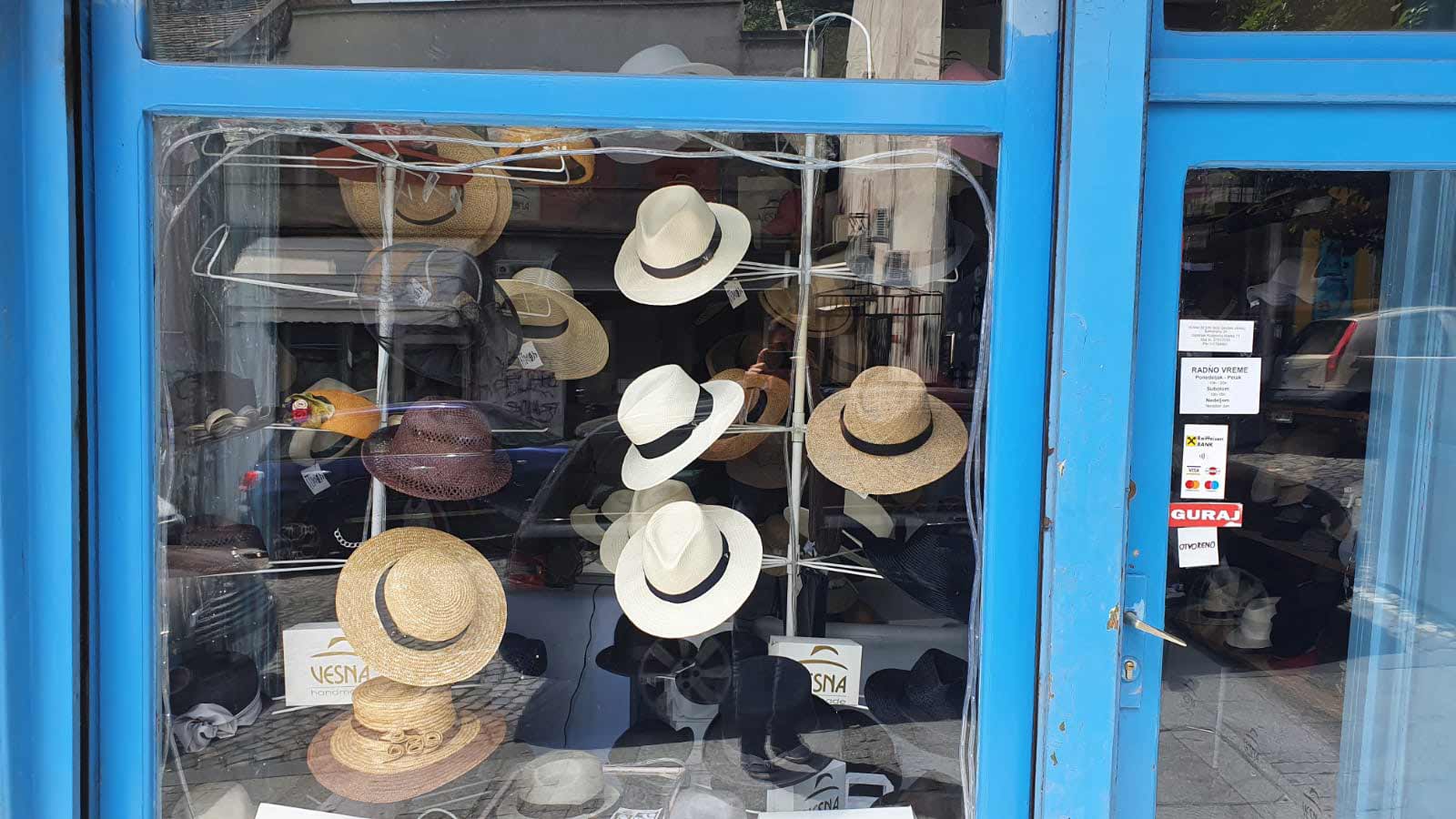
Old crafts - Watchmakers
Not for you, dear readers, but for me, the watchmaking craft is somehow sophisticated. The truth is that there aren't many of them today, but in some corner of the city there is an old traditional watch shop.
Technological advances and the advent of digital watches have changed their to some extent their business and in many cases reduced them to the replacement of spare parts. In the past, only mechanical watches existed and were worn. It was a time when the meticulous hands of the watchmaker and his skill were extremely appreciated.
However, all I need is to think about how much "effort" it takes just to put the thread through the needle and stitch the button back on my shirt.
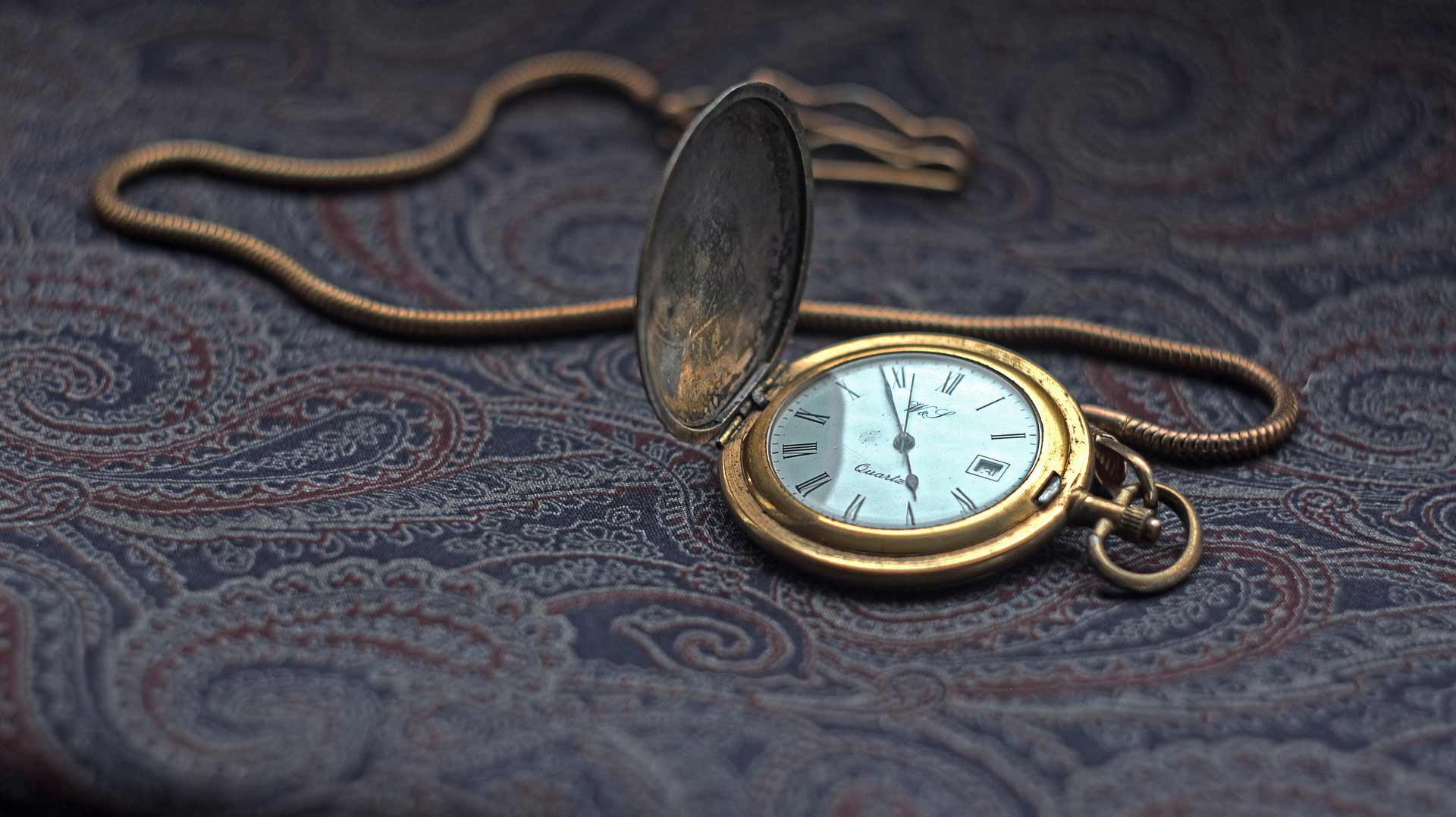
Old crafts - Carpet weaving
Do you remember the big colorful, embroidered rugs with the indispensable tassels at the ends? Identical sides, rich colors, and typical patterns adorned the carpets of many homes. Today it is a bit rarer, but we get to see them. Maybe with our grandmothers or that or on vacation ethno-huts, only these colorful, long-lasting carpets have found their place in modern times.
Carpet-weaving is one of the oldest crafts in Serbia. This authentic skill of weaving long-lasting carpets/rugs has made the Pirot district famous. The weavers who are engaged in this business are mostly responsible for maintaining this craft in Serbia. These carpets are often real masterpieces. They are made by hand in a long process with the use of the highest quality wool (from indigenous sheep pramenka).
Read another of our stories about the old craft, which made Sirogojno widely known.
Old crafts on the road to oblivion - Potters
Vessels and objects made of clay and stone have been made from early days of mankind, which makes pottery one of the oldest crafts. There used to be many more potters in this area as well. The emergence of cheaper, factory alternatives, pottery as a craft is largely falling into oblivion.
Less than 2 centuries ago, there were over 40 pottery workshops in Pirot. The tradition of hand pottery in Serbia is mostly associated with the Užice region, where it still survives today. One village stands out, with quality products and preservation of tradition. This is the village of Zlakusa, where you can also attend a pottery course.
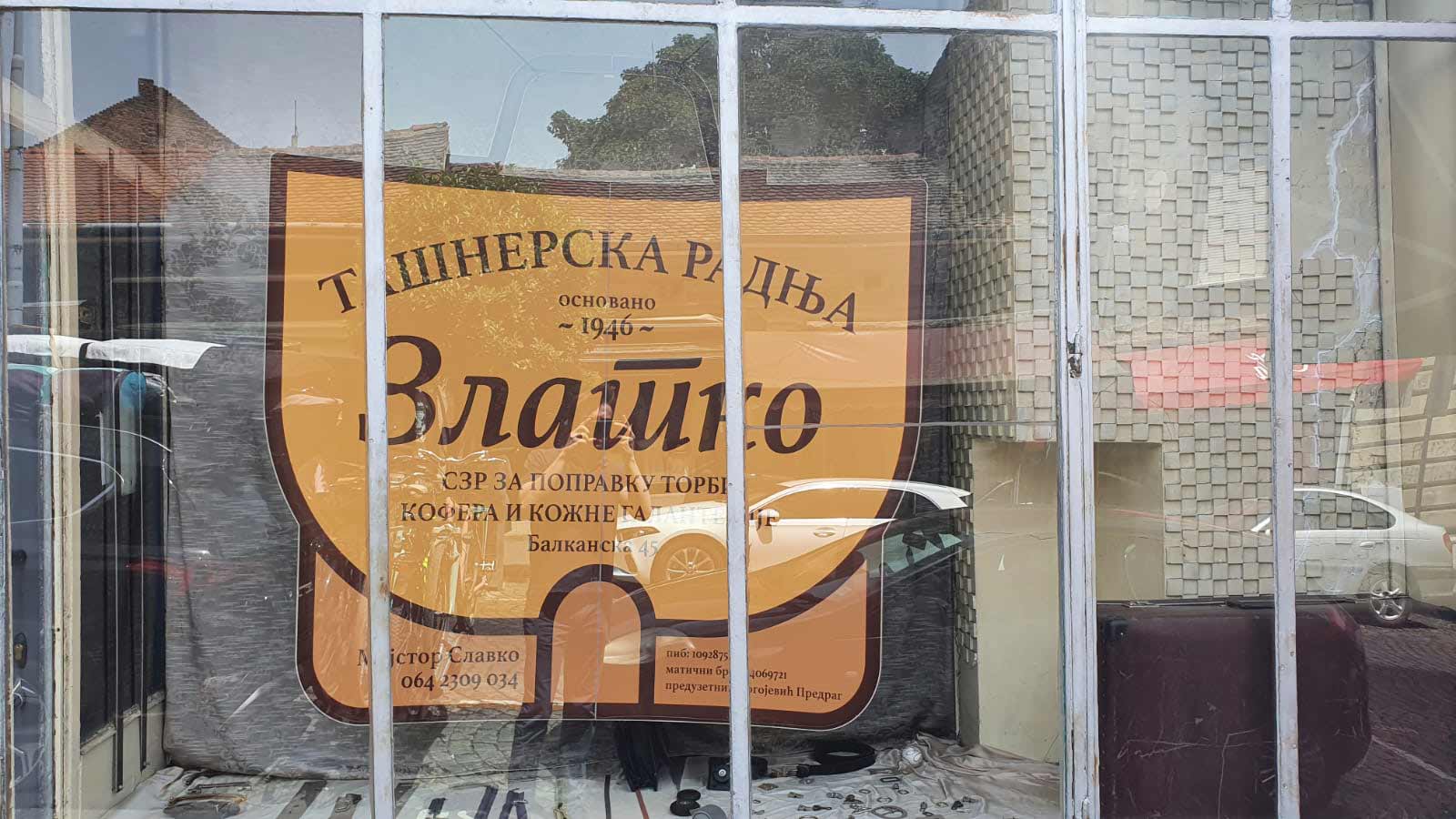
Forgotten old crafts - glassblower
Have you thought about how glass decoration is made? About any decorated or stained glass? I guess not, because it's not exactly a topic to think about. In any case, we can find them in almost every house, even if it was a mug with a cast manufacturer's logo.
All these fine works on glass are the work of glassblowers. The older generation might remember that the glass industry in Serbia had a certain reputation and that Serbian engravers and glassblowers were appreciated. It was this art with glass that brought glory to Paracin. It is possible that some of you readers studied at the Faculty of Chemistry in Serbia, where you could meet a glassblower who would repair glassware damaged in work.
How many glassblowers do you know? I bet none. Again, from neon signs of all shapes and sizes to kitchen utensils, you'll see their handiwork.












